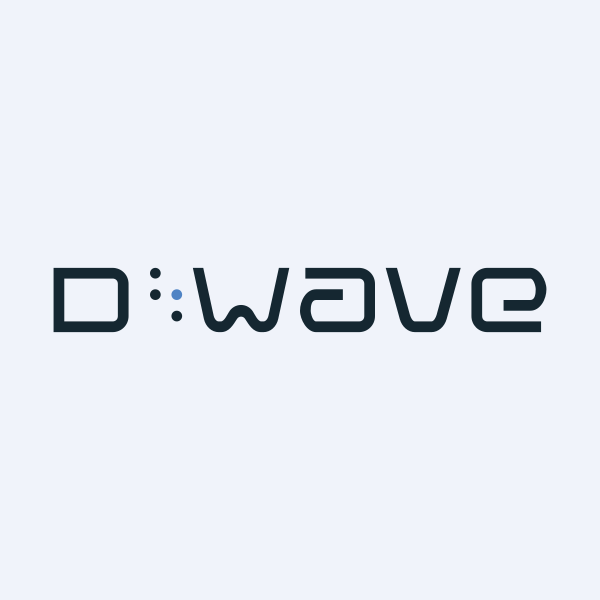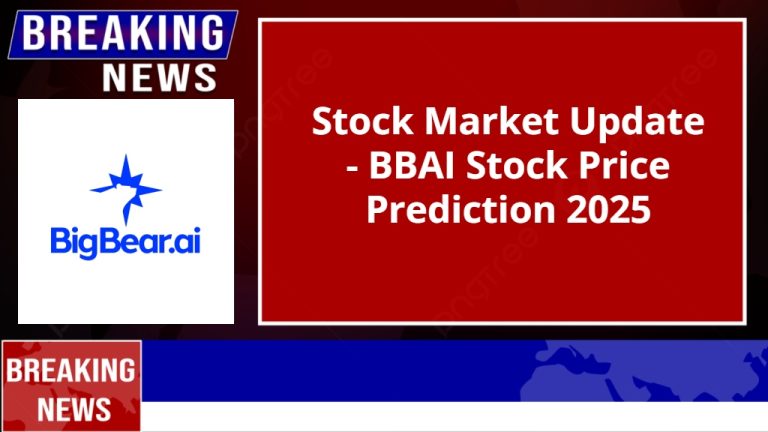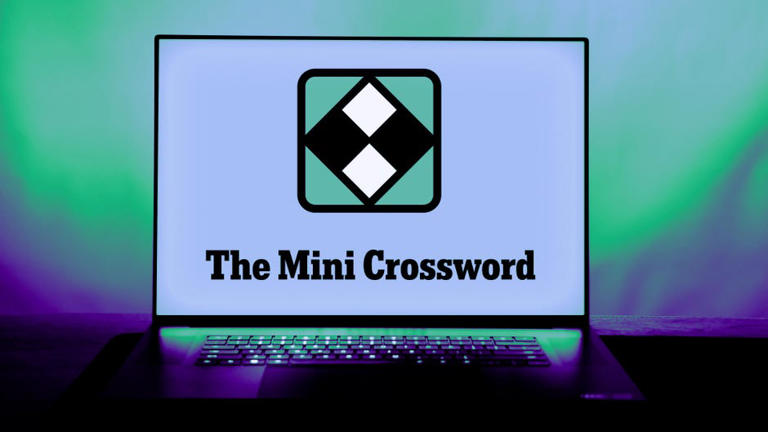D-Wave Quantum (QBTS): Potential And Risks For Investors

Table of Contents
Understanding D-Wave Quantum's Technology and Market Position
Quantum Annealing Explained
D-Wave Quantum's core technology is quantum annealing, a type of adiabatic quantum computation designed to solve specific optimization problems. Unlike gate-based quantum computing, which aims to build universal quantum computers capable of performing any computation, quantum annealing focuses on finding the lowest energy state of a complex system, thereby providing optimal solutions. This approach leverages the principles of quantum mechanics to explore a vast solution space far more efficiently than classical algorithms can manage for certain problem types.
- Strengths: Highly efficient at solving specific optimization problems, offering potential speedups over classical computers for certain applications.
- Limitations: Not a general-purpose computing solution; it's best suited for specific types of optimization problems and not all computational tasks. It lacks the versatility of gate-based quantum computers.
D-Wave's Market Share and Competitive Landscape
D-Wave is a prominent player in the nascent quantum computing market, although its market share is difficult to definitively quantify due to the early stage of the industry. Its primary competitors include giants like IBM, Google, and IonQ, each pursuing different quantum computing approaches, primarily gate-based quantum computing. Gate-based systems, while more versatile, are currently less mature and less readily available than D-Wave's quantum annealers.
- Key Partnerships: D-Wave has established collaborations with various organizations across diverse industries, providing access to its quantum annealing systems and fostering the development of applications.
- Future Market Growth: The quantum computing market is predicted to experience significant growth in the coming years. D-Wave's success will depend on its ability to secure further partnerships, expand its application base, and improve its technology.
Analyzing D-Wave Quantum's Financial Performance and Investment Metrics
Revenue Growth and Profitability
D-Wave's financial performance should be carefully scrutinized by potential investors. Analyzing revenue streams, profitability, and growth trajectories provides a clearer picture of the company's financial health and sustainability. Key financial indicators like revenue growth rate and operating margin should be tracked to gauge its performance against projections and industry benchmarks. Significant investment in R&D is expected, impacting short-term profitability but vital for long-term growth.
- Revenue Streams: Revenue is derived from sales of quantum computing systems, cloud access to its processors, and research collaborations.
- R&D Spending: A substantial portion of D-Wave's revenue is reinvested into research and development, reflecting the ongoing need for technological advancements in this rapidly evolving field.
Investment Risks and Considerations
Investing in D-Wave Quantum (QBTS) carries significant risks. The quantum computing industry is still nascent, with considerable technological hurdles to overcome. Competition is fierce, and market volatility is inherent. Regulatory uncertainty could also impact the company's growth trajectory.
- Technological Risk: The success of D-Wave depends on its continued technological innovation and ability to overcome limitations of its quantum annealing approach.
- Market Risk: The quantum computing market is highly speculative, and QBTS stock price can experience significant fluctuations.
- Regulatory Risk: Changes in government regulations could affect the company's operations and market opportunities.
The Future Outlook for D-Wave Quantum and its Implications for Investors
Potential Applications and Market Opportunities
D-Wave's quantum annealing technology holds potential across various industries. Applications include optimizing financial portfolios, improving logistics and supply chain management, accelerating materials discovery, and enhancing machine learning algorithms. The potential for disruptive innovation and market transformation in these sectors is significant.
- Industry Applications: Financial modeling, drug discovery, materials science, logistics optimization, and artificial intelligence are key areas where D-Wave’s technology could have a substantial impact.
- Long-Term Growth: The long-term growth prospects for the quantum computing industry are substantial, with the potential to reshape various sectors.
Investment Strategies and Recommendations
Investing in QBTS requires careful consideration of both potential rewards and risks. Thorough due diligence, including analysis of financial statements, technological advancements, and competitive landscape, is paramount. A diversified investment portfolio is recommended to mitigate risk. Consult with a financial advisor before making any investment decisions.
- Due Diligence: Conduct comprehensive research before making any investment decisions in QBTS or any quantum computing stock.
- Risk Management: Understand the inherent risks involved in investing in a high-growth, speculative technology company.
Conclusion: Making Informed Decisions about D-Wave Quantum (QBTS) Investments
D-Wave Quantum, a leader in quantum annealing technology, presents both significant potential and substantial risks for investors. Its unique approach to quantum computing offers advantages for solving specific optimization problems, but it faces competition from companies pursuing alternative quantum computing paradigms. Financial performance, while showing early signs of growth, requires ongoing monitoring. Before investing in QBTS or other quantum computing stocks, thorough research and careful consideration of the information provided, alongside consulting with a financial advisor, are crucial for making informed investment decisions. Understand the potential and risks associated with D-Wave Quantum (QBTS) and similar companies in the burgeoning field of quantum computing before committing your capital.

Featured Posts
-
 Big Bear Ai Holdings Bbai Exploring The Reasons Behind The 2025 Market Crash
May 20, 2025
Big Bear Ai Holdings Bbai Exploring The Reasons Behind The 2025 Market Crash
May 20, 2025 -
 Matheus Cunha To Arsenal Transfer Speculation Mounts
May 20, 2025
Matheus Cunha To Arsenal Transfer Speculation Mounts
May 20, 2025 -
 Solutions For The Nyt Mini Crossword April 18 2025
May 20, 2025
Solutions For The Nyt Mini Crossword April 18 2025
May 20, 2025 -
 Kaellmanin Nousu Miten Haen Voi Auttaa Huuhkajia
May 20, 2025
Kaellmanin Nousu Miten Haen Voi Auttaa Huuhkajia
May 20, 2025 -
 Gaza Receives Food Aid Israel Lifts Restrictions
May 20, 2025
Gaza Receives Food Aid Israel Lifts Restrictions
May 20, 2025
